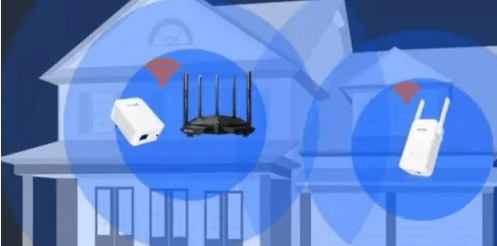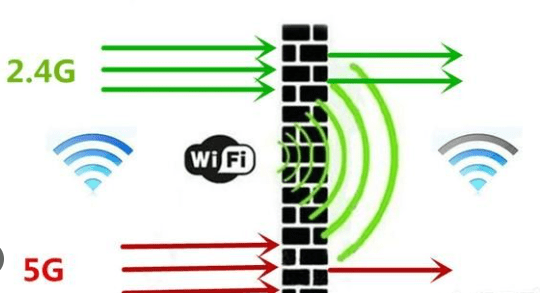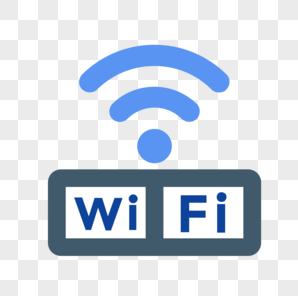
WiFi connectivity issues are often caused by weak signal strength. When your WiFi signal is weak, it can result in slow speeds, difficulty connecting to the internet or complete connection failure. Thick walls and the distance between your devices and the router can also negatively affect the performance of your WiFi. In some cases, the signal simply cannot reach certain areas of your home and requires a boost.
To improve your WiFi signal strength, you can try relocating your router to a more central location in your home. This can help to ensure that the WiFi signal can reach further and penetrate through obstacles like walls.
Another possible solution is to install WiFi range extenders throughout your home. These devices can help to strengthen your WiFi signal in areas where it is weak, allowing for seamless connectivity throughout your home.
You may also want to try updating the firmware on your router, ensuring that it is running the latest software available. This can help to improve the functionality and performance of your WiFi network.

The likely reason for your poor connection upstairs is that your router is placed too far away in your home or it is blocked by some obstacle. If your router is on the main floor or in your basement, it is too far away from your devices. Obstacles, like distance and thick walls and floors makes the WiFi signal strength weak or non-existent. If this is the signal strength issue you are facing, consider WiFi extenders to boost the reach of your WiFi signal throughout your home.
If you are not sure on the exact issue, here are a few other WiFi signal boosters you can try:

How to boost WiFi signal upstairs
There are a few things that you can check about your WiFi performance upstairs that can help give your signal a boost. Here are three things you can try:
1. Try rebooting your router
Sometimes your router needs a reboot. If your internet is still slow after a reboot, try the checking your WiFi performance in general.
2. Try checking your WiFi performance
Your WiFi could be the general issue. Check your WiFi network by using the internet with a device that is connected through an ethernet cable. This is a troubleshooting issue that you will have to perform yourself. However, there are great WiFi network management solutions to rely on for troubleshooting and performance metrics.
If you are still having a problem after checking your WiFi performance, then it could be your WiFi network. If this is the case, check your WiFi signal strength.
3. Try checking your WiFi signal strength
If you’ve rebooted your router and tested your devices with an ethernet cable but the connection still doesn’t work, then you probably have a WiFi signal strength issue. We wrote a whole article on how you can check your WiFi signal strength by running a test.
It’s important to check your WiFi signal strength periodically to make sure that it is in a good place so that you never have to worry about internet interruptions.

What is WiFi signal strength?
WiFi signal strength determines whether or not your WiFi network connection is reliable. Without a reliable connection, you could be watching your favorite show upstairs and it cuts out at a key moment. Or, you might be on a video call with a loved one and the call keeps buffering or dropping.
When your wireless signal strength is good, you can perform many different online activities. You also need a good WiFi signal strength to get any connection at all.

Many people, including myself, have faced the issue of poor WiFi connectivity at home when there are multiple rooms, or when there are upstairs and downstairs areas. This can result in difficulty achieving seamless transitions between different areas of the home, and can be a frustrating experience for many.
To address this problem, I would like to share my own experience and solutions. One effective solution is to use WiFi extenders, which can help to boost the range and strength of your WiFi signal throughout your home. These devices work by amplifying your existing signal, making it easier for your devices to connect and stay connected.
Another solution is to relocate your router to a more central location in your home. This can help to ensure that the WiFi signal can reach further and penetrate through obstacles like walls and floors. By doing so, you can improve the coverage and performance of your WiFi network, ensuring that you have seamless connectivity throughout your home.
If you continue to experience poor WiFi connectivity despite these measures, you may want to consider consulting with a professional technician. They can assess your current setup, identify any issues, and recommend solutions tailored to your specific needs.
In conclusion, there are several effective solutions to address the issue of poor WiFi connectivity in homes with multiple rooms or areas. By using WiFi extenders, relocating your router, or consulting with a professional, you can ensure that you have seamless connectivity throughout your home.